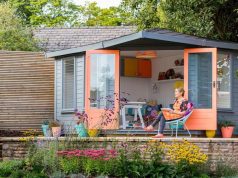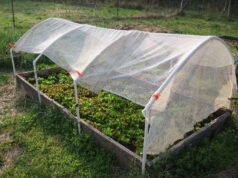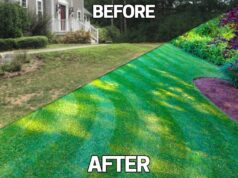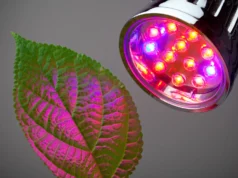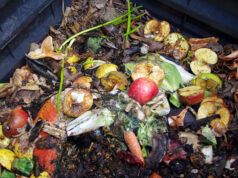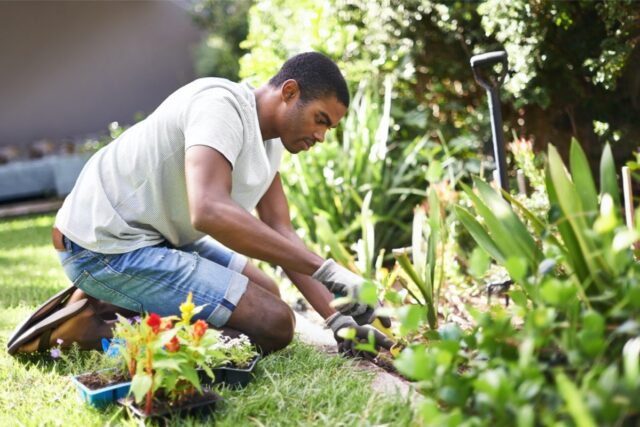
Most home gardeners who are looking for a quick, colorful spring and summer garden choose to plant flower bulbs. This is because they not only grow the first season you plant them, but because they are perennials, they will continue to grow year after year as long as they’re watered and fed. But, if you’re planning to start a flower garden using flower seeds, you’ll need to put in a little more effort and patience. According to Eden Brothers, you’ll want to follow the advice in this guide to grow a stunning flower garden from seeds.
Advice for Annuals
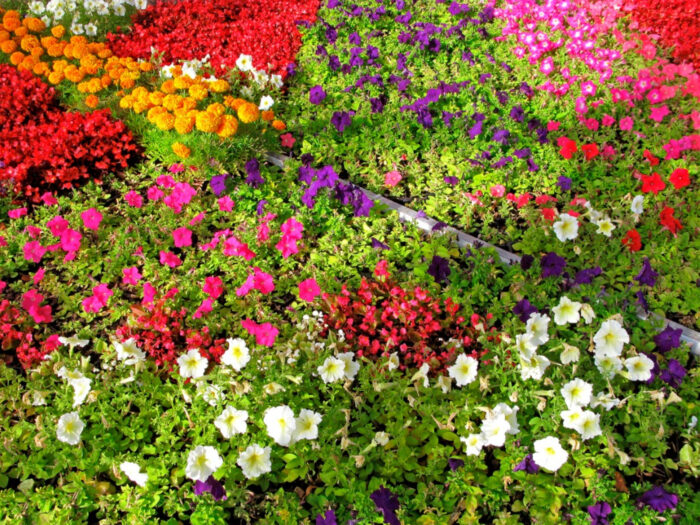
Annual flowers are those that must be planted each year, as they die after the growing season and do not regenerate the following spring. Some of the most popular annual flowers include petunias, marigolds, zinnias, verbenas, and geraniums. If you’re going to plant annual flower seeds, you’ll want to determine if you’re planting hardy or tender annuals because they need to be planted at different times. Hardy annuals should be planted in late fall or early winter so they can germinate over the winter and bloom in spring.
Tender annuals need to be planted at least six weeks after the last frost of the spring and will bloom in summer and early fall. These flowers will bloom later because they can’t be exposed to cold temperatures, so they can’t be planted until the weather turns consistently warm. It’s a good idea to plant both types of annuals for the best mix of flowers in your garden.
Advice for Perennials
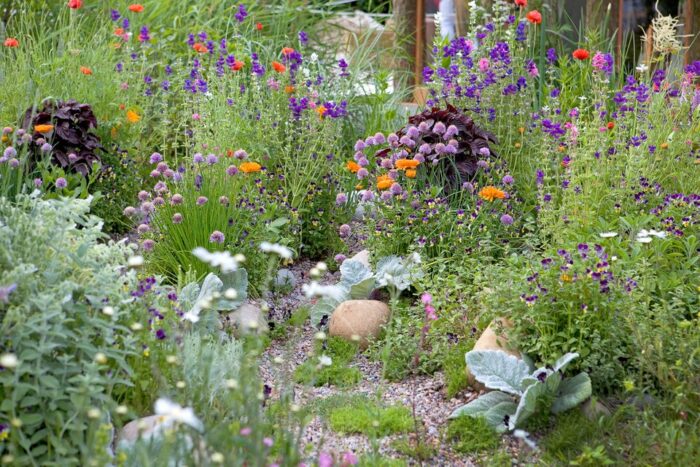
If you want to give perennials flowers a chance to grow in the first spring after you plant them, you’ll need to put them in the ground in early fall. This will allow the seeds to develop a strong root system and give them enough time to germinate before growing and blooming in the spring. But, if you live in a climate that is exposed to harsh winters, you will have to wait until after the last frost in early spring to plant the seeds. Unfortunately, this won’t give your seeds enough time to germinate, so you probably won’t see blooms until the following spring.
You can also start seeds indoors and transfer them outside after the last frost passes. This will give your seeds a chance to grow and bloom the same year you plant them because you’ll want to start them inside at about eight weeks before the last frost instead of after. Seeds take about two weeks to germinate, so if they’re in a warm place as they get their start, you’ll probably see some blooms in late spring or early summer.
Soil Advice
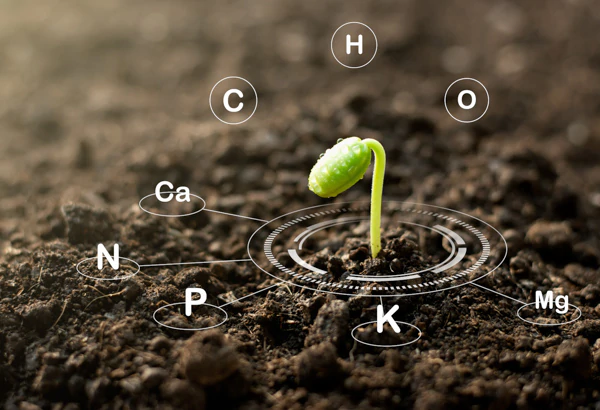
Your seeds should be planted in nutrient-rich, moist soil, as the moisture softens the hard shell around the embryonic plant inside the seed. If you start your seeds indoors, you’ll want to use soil specifically formulated with peat moss for starting seeds. Place the soil in a small pot or egg carton cups and plant the seeds just below the surface of the soil. The depth should be no more than three times the width of the seed. Make sure the soil remains moist over the next six-to-eight weeks before you carefully transfer them into your outdoor garden.
You can accelerate the germination process when growing your seeds indoors by placing clear plastic wrap over the plants after each misting to create a greenhouse effect. You’ll know it’s time to transfer your seeds to your outdoor garden when they sprout, but if the last frost hasn’t passed yet, you’ll need to wait until that happens or your seeds won’t make it.
Direct-Sow Seeds
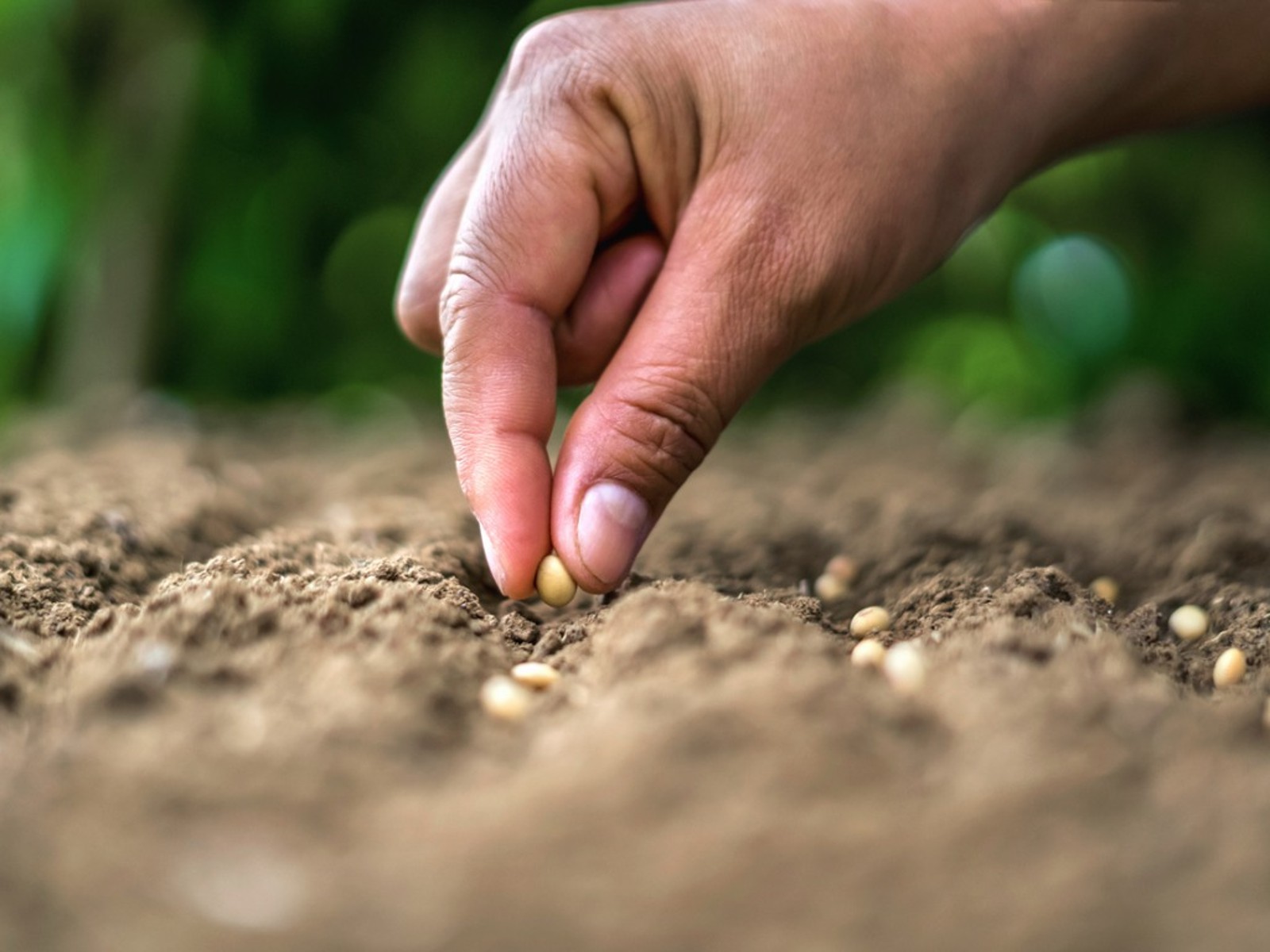
Some seeds shouldn’t be started indoors and do just find by directly sowing them into your outdoor garden when the last frost has passed. These include marigolds, morning glories, larkspurs, zinnias, sunflowers, sweet peas, cosmos, nasturtiums, and calendulas, among others. These plants have larger seeds that tend to fare better when they are directly sown rather than started inside. The more plants you can directly sow outside, the more resilient your garden will be because direct-sow seeds tend to have thicker stems and broader root systems. Plus, the transfer process can be somewhat traumatic and can lead to weaker plants.
Patience Will Pay Off
As previously mentioned, perennials do not grow as quickly as annuals, so you’ll need to practice some patience with them and understand that they may not bloom very much the first year they’re planted. If you’re starting perennial seeds inside, don’t transfer them to your outdoor garden until they develop true leaves. The “leaves” that appear when a seed first sprouts are not true leaves, which come in later. If you transfer them too early, they will either take even longer to grow or may not grow at all. Just know that even if your garden of perennials is disappointing the first year, it will continue to grow more fully the second and subsequent years.
Light is the Key to Growth
All seeds require light to grow, whether that light comes from the sun or an artificial source. This is another reason why it’s a good idea to start your seeds inside. You can better control the light your seeds receive, which is particularly important for perennials, which require up to 16 hours of light per day. If you live in an area that gets a lot of sunshine, even in the winter, you can germinate your seeds in a windowsill, but if your home is dark or your region is not very sunny during the winter months, you’ll need to provide your indoor garden with an artificial light source to ensure they get an adequate amount of light in their early days.
Conclusion
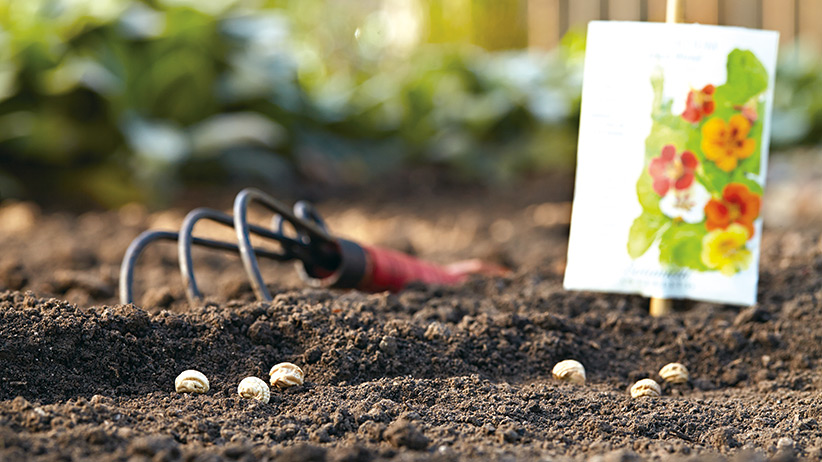
Growing flowers from seeds is a labor of love and requires more effort than planting bulbs. But the payoff is amazing. You’ll feel a sense of intense pride as your flowers grow, whether they only grow for one season or for several seasons in a row. There’s something magical about giving flowers life, nurturing them, and watching them bloom. You may even feel like a proud parent when your garden reaches its colorful potential.

